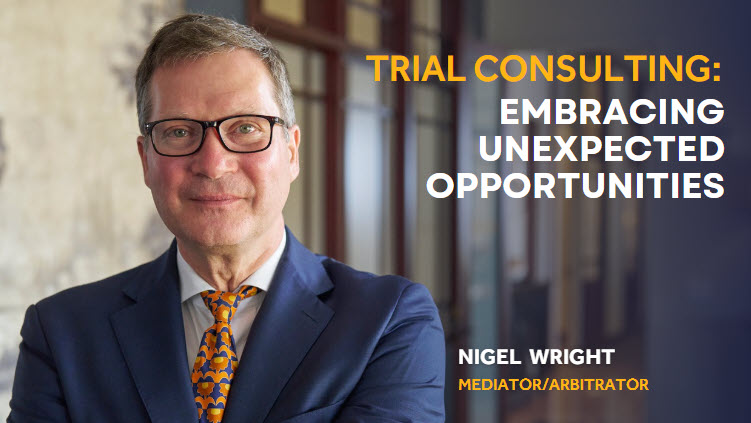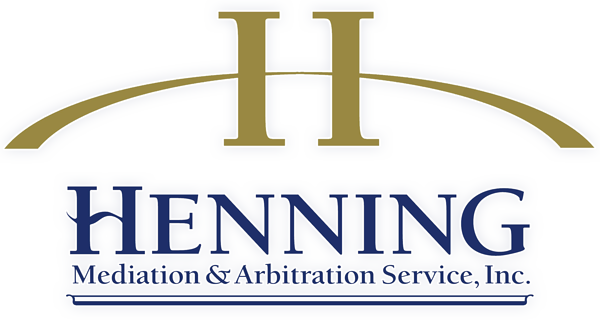
Some journeys in life choose us, rather than the other way around.
Sometimes, life takes us down paths we didn’t plan for. That’s how my journey into trial consulting began—unexpectedly but significantly. While I was in charge of a claims department, a seemingly routine decision led me to discover a passion for trial consulting that changed how I approach mediation and arbitration.
It started with a trial preparation session where I worked with a defense attorney on a critical case. To shake things up a bit, I brought in an “opposing adjuster” from our office to challenge the attorney’s strategy. This fresh perspective sparked an engaging discussion and brought to light new angles to consider for the courtroom.
Encouraged by this experience, I thought it would be beneficial to have underwriting assistants act as our mock “jury.” Their honest feedback gave us valuable insight into how potential jurors might react to our case. What began as a simple idea turned into a valuable preparation tool that improved our approach to casualty trials and mediations.
This experience motivated me to weave trial consulting into my work in alternative dispute resolution (ADR). By staying in tune with juror perspectives and trends, I’ve found it extremely helpful during contentious mediations, where the jury’s decision can ultimately make or break a case.
This experience catalyzed my decision to integrate trial consulting into my alternative dispute resolution (ADR) work, providing clients with an expert lens into both plaintiff and defense strategies. Staying attuned to juror perspectives, voir dire trends, and the nuances of liability and damages disputes has proven invaluable, especially in contentious mediations where, absent a settlement, a jury’s verdict may ultimately be the deciding factor.
I don’t claim to have all the answers, but this journey has certainly deepened my understanding of what resonates with juries and the challenges parties face when trying to predict jury outcomes. These insights have enriched my practice and highlighted the different motivations at play in high-stakes disputes.
What started as a side trip has become a key part of how I work, showing how unexpected experiences and different viewpoints can be valuable. Here’s how I’m using what I’ve learned to help my clients:
Balancing Risk and Reward
In casualty mediations, I focus on realistically assessing the risks and rewards of going to trial versus settling. My background in trial consulting allows me to provide insights into what juries might expect, helping parties understand their options better.
Strategic Mediation Facilitation
By using insights from past jury responses, focus groups and mock trials, I help parties reassess their assumptions and expected outcomes. With data-driven perspectives on juror views, I encourage them to make well-informed decisions that can lead to practical resolutions.
Reducing Assumption Bias
Often, parties come into mediation with strong beliefs about their case or their opponent’s weaknesses. My experience with juror insights helps them see how their arguments might be perceived by jurors, often leading to more achievable and mutually agreeable outcomes.
The Ball is In Your Court – Let’s Get Started
Ultimately, it’s up to the parties—not the mediator—to reach a settlement. My job is to offer clarity, helping parties assess the realism of their assumptions and guiding them toward informed decisions. If you’re ready, click here to schedule your next mediation with me.







